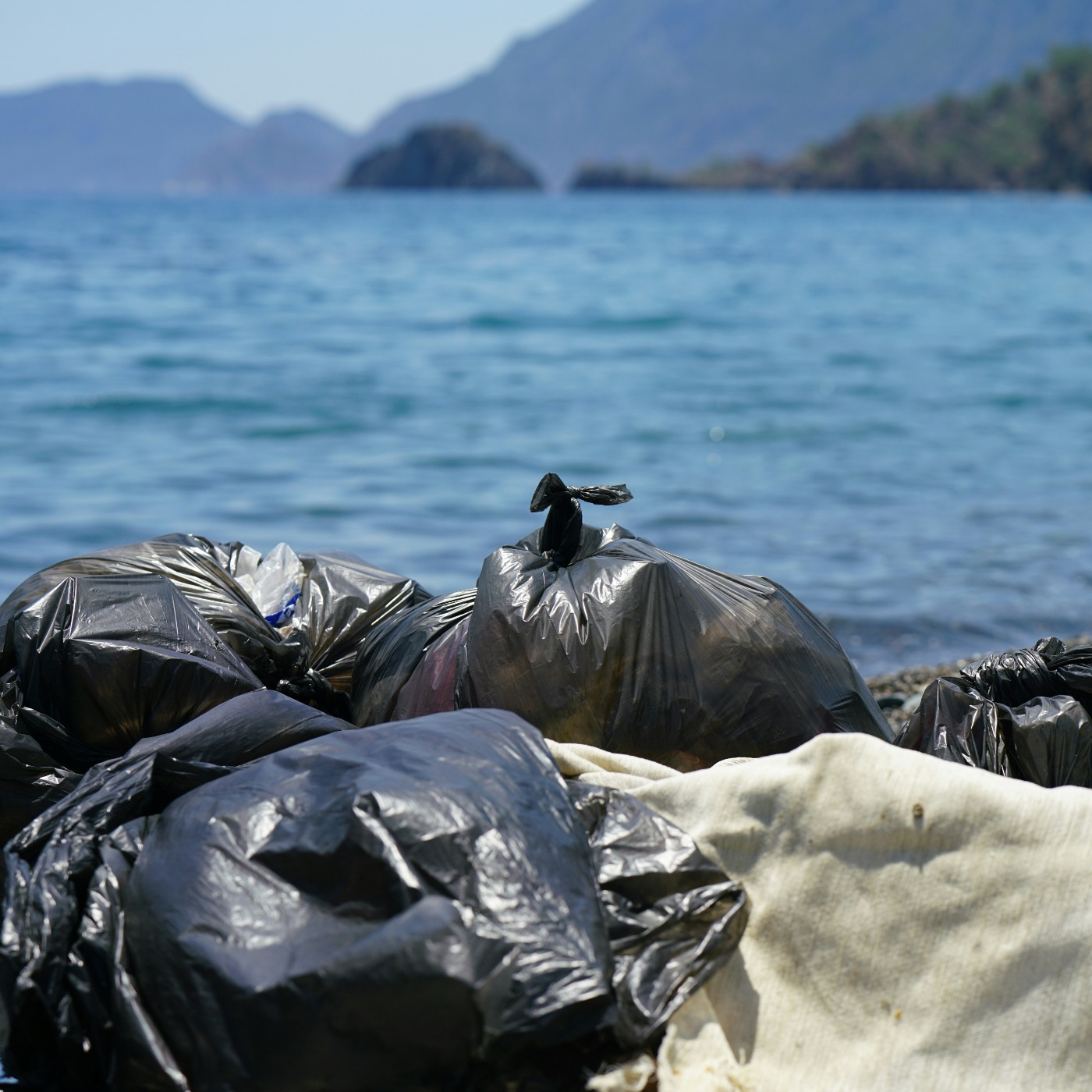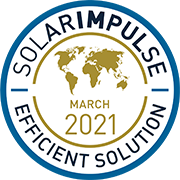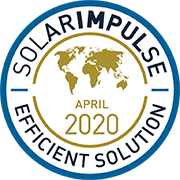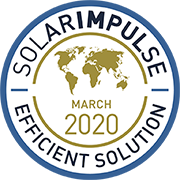03. Impacts
Water pollution effects
On the environment:
Water pollution truly harms biodiversity and aquatic ecosystems. The toxic chemicals can change the color of water and increase the amount of minerals - also known as eutrophication - which has a bad impact on life in water. Thermal pollution, defined by a rise in the temperature of water bodies, contributes to global warming and causes serious hazard to water organisms.
On human health:
Water pollution has very negative effects on public health. A lot of diseases result from drinking or being in contact with contaminated water, such as diarrhea, cholera, typhoid, dysentery or skin infections. In zones where there is no available drinking water, the main risk is dehydration obviously.





























